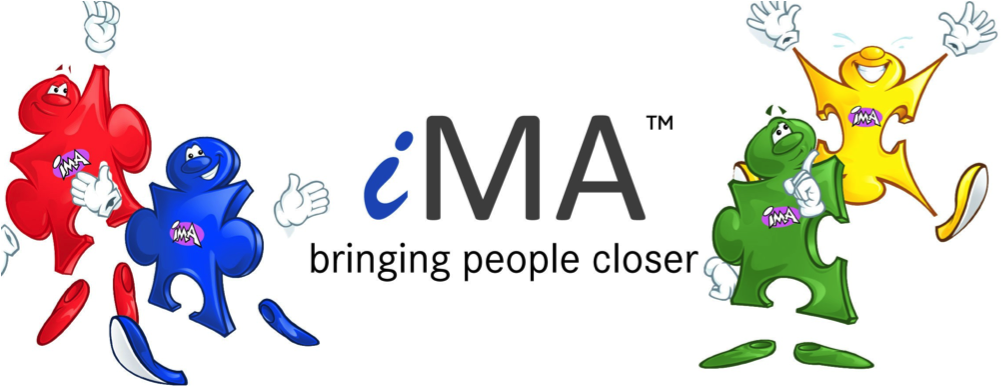We’ve all grown up hearing the same pieces of advice — tidy, reassuring and often repeated without question. But what if some of these “truths” have been limiting us rather than helping us?
In this post, I want to challenge a few of those widely accepted ideas — not to dismiss them outright, but to show that different perspectives can lead to better outcomes.
The BBC Panel game “QI” (stands for Quite Interesting) has a round called “General Ignorance”. Often a question is asked that both the panelists and audience instantly think that they know the answer to because it is a fact that they have all known for as long as they can remember. However, both the panelist and the audience are suspicious that their accepted common knowledge is in fact incorrect. Although reluctant, one of the four panelists will buzz in with their answer, based on what they have always “known”. At that moment, a klaxon sounds and their wrong answer flashes for all to see on the display. The production team can prepare for this as they know there is a very good chance that the predictable answer will be given. It is my favourite round of any comedy panel show, as it challenges what we think is right as we have heard certain facts stated repeatedly over many years.
Below are four often repeated sayings that I would happily put through the “General Ignorance” challenge:
1. Treat People How You Wish To Be Treated
We’re told this as a universal rule for kindness. But the truth is, not everyone wants to be treated the same way.
How you like to be treated reflects your personality, your values and your communication style — but others may have completely different needs.
A more thoughtful approach is:
“Treat people how they wish to be treated.”
It’s the foundation of empathy — taking time to understand others’ preferences rather than assuming your own are universal.
By using iMA and understanding that there are four distinct behaviour and communication styles you can very intentionally treat people in the way they wish to be treated by communicating to them in their specific style.
2. Nerves Are A Good Thing
We often hear that nerves before a big presentation or event mean we care — that they sharpen our focus. I disagree.
Nerves cloud thinking. They tighten the chest, scatter concentration and turn excitement into fear.
What we should aim for instead is calm readiness — the quiet confidence that comes from preparation and self-trust. You don’t need adrenaline to perform well; you need clarity. By controlling your adrenaline and turning nerves to excitement you will think more clearly and deliver in the way you had planned.
If you want to build that confidence and learn to present with calm focus, explore Ashley Boroda’s public speaking courses to help you turn nervous energy into engaging performance.
3. Step Out Of Your Comfort Zone
It’s one of the most overused motivational phrases — and one of the least helpful.
Yes, growth requires challenge. But leaving your comfort zone completely can trigger anxiety, self-doubt and even burnout.
I believe in a different approach:
“Stay in your comfort zone — and expand it.”
Start from where you feel secure, then stretch the edges gradually. That way, your comfort zone grows naturally instead of collapsing under pressure. As in point 1, above, this is another good use for iMA. Each of the four styles (or iMA colours) has their own extraordinary list of strengths and natural skills. Stick with them and consistently improve on as many as are relevant. It is also good to know the list of the other three iMA colour styles; firstly, so that you can avoid their strengths as they are your limitations and secondly, to help you identify people and skills that you don’t have but need.
4. Men And Women Network Differently
This statement is often used to explain differences in career progression or professional influence. But gender isn’t the real cause.
What looks like gendered networking is usually a reflection of different communication styles — confidence levels, conversational patterns and cultural expectations.
When we label those behaviours as “male” or “female,” we reinforce stereotypes. The truth is, networking is personal, not gendered. Each individual connects based on personality, not biology.
Each of the four iMA colour styles networks in a different way. When you are not communicating with someone of the same iMA colour as you, there is a need to modify and adapt the way you communicate to match their style. See point 1 about treating people in the way they wish to be treated.
Why Challenging Accepted Wisdom Matters
Conventional wisdom offers comfort, but comfort isn’t always truth. By re-examining the ideas we take for granted, we make space for better, more inclusive ways of thinking and working.
Progress comes from curiosity — from asking, “Does this still make sense?”
So next time you hear a well-worn saying, pause.
Consider whether it helps or holds you back.
And remember: wisdom evolves when we dare to question it.




